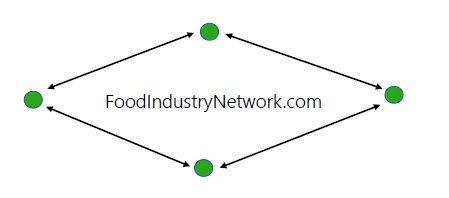Agribition 2024: Indigenous Ag Summit focuses on community, partnership

Glacier FarmMedia—Canadian Western Agribition’s 11th Indigenous Agriculture Summit focused on growing opportunities for Indigenous producers and using their ways of knowing to advance the ag industry.
Topics included growth of wealth and how that can contribute to food sovereignty.
Many of the speakers said community involvement and interest is a main way to address the wealth and agriculture gaps.
A prime example of this was shared by Derrick Meetoos, one of the community members and farmers who are part of Thunder Farms Ltd. of Thunderchild First Nation in Saskatchewan.
Read Also


WHO calls for stronger surveillance of H5N1 bird flu among animals
A World Health Organization official on Thursday called for stronger surveillance in animals for evidence of infection with H5N1 bird flu in order to curb its spread.
Meetoos said Thunder Farms is continuously growing and is currently close to 9,000 acres. The band’s goal is to get to 14,000 acres.
The farm is also completely Indigenous run.
“They started purchasing land around the reserve itself, so we have land base around it that we’ve slowly started taking back from the patrons that used to lease it from the reserve,” he said.
Meetoos said the First Nation’s success was a combined effort of the community and band council, particularly in getting local youth involved and trained.
Former British Columbia premier Christy Clark said that for many Indigenous communities, especially those in remote and rural areas, resource sectors such as agriculture, mining, forestry and oil and gas are some of the most valuable ways to create wealth.
She said that while this may sound counterintuitive at first, given Indigenous values and traditions when it comes to resource extraction, it’s actually a productive and positive way for Indigenous communities to grow their wealth and do what’s best for the land.
“About it being done in a way that is acceptable to Indigenous people,” she said.
“I mean, my experience of that was a lot of long, intense, emotional discussion and negotiation with elected leaders and traditional leaders in communities to find a way to do this that was acceptable.”
Clark offered the example of Haida Gwaii, which operates a forestry business, harvesting only enough trees to ensure good profit while not abusing the land.
This was also touched on by Michael Twigg, program director of land use, nature and agriculture at the Smart Prosperity Institute, who said land rights and sovereignty are intertwined with economic growth — not just for Indigenous communities but for the entire country.
“They’re firmly integrated and they’re firmly intertwined into a future vision of what the local community is desiring for prosperity,” Twigg said.
He said promoting and supporting Indigenous communities can achieve a balance of growth while working within the systems of nature and Indigenous practices. This approach will also help with sustainability and address production losses caused by land degradation and loss of biodiversity.
Twigg said failing to care for the land will result in significant loss of production and increased input costs to make up for the loss. Mitigating land damage now is one-fifteenth the cost of post-disaster remediation, he added, which would save everyone billions of dollars.
There are still lessons to be learned from Indigenous people regarding sustainability and biodiversity and how they can help industries such as agriculture, just as it was when Europeans arrived hundreds of years ago.
“It was Indigenous people that we learned that (farming) from, and we shouldn’t forget that that’s where it began,” said Clark.
“There is a real opportunity for partnership here, but it has to recognize we will be partners — not adversaries, not takers — sharers and partners in the resources that we create.”
Source: Farmtario.com

